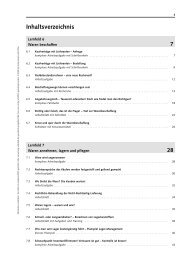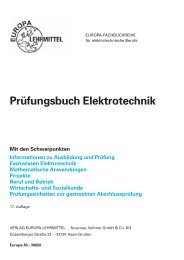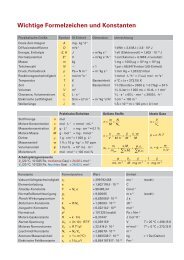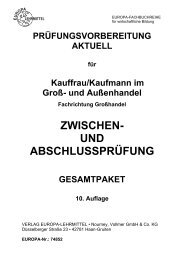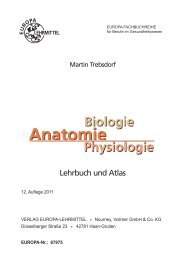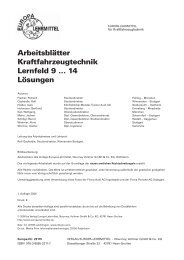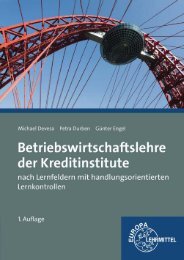Technical English Mechanical Engineering
Technical English Mechanical Engineering
Technical English Mechanical Engineering
You also want an ePaper? Increase the reach of your titles
YUMPU automatically turns print PDFs into web optimized ePapers that Google loves.
Module 2<br />
Grammar Revision<br />
2.1 Active vs. Passive<br />
In technical <strong>English</strong> it is not important who does the work but that it is done. For this reason most<br />
technical instructions are given in the passive voice as the reader of a technical instruction or the<br />
person to be instructed needs exact information on the kind of work that has to be done and on<br />
how the work has to be performed. In this case, it is of no interest, who the responsible person is.<br />
The basic rules for active and passive voice are as follows:<br />
The object of the active sentence becomes the subject of the passive sentence. The former<br />
subject can be added to the passive sentence if necessary, but this is not obligatory.<br />
The following examples show how active sentences (a) are transformed into passive ones (p).<br />
module<br />
2<br />
a<br />
p<br />
a<br />
p<br />
a<br />
p<br />
a<br />
p<br />
The woman cleans the office every day.<br />
The office is cleaned (by the woman) every day.<br />
They are repairing the machine at the moment.<br />
The machine is being repaired (by them) at the moment.<br />
He tidied up his desk yesterday.<br />
His desk was tidied up (by him) yesterday.<br />
They have completed a thorough training before the project started.<br />
A thorough training has been completed (by them) before the project started.<br />
Simple Present<br />
Present<br />
Continuous<br />
Simple Past<br />
Present<br />
Perfect<br />
It works in exactly the same manner for other tenses which is shown in the following table.<br />
Tense Active Passive<br />
Simple Present Infinitive, he/she/it-s am/is/are + 3 rd form/-ed<br />
Present Continuous am/is/are + verb-ing V am/is/are + being + 3 rd form/-ed<br />
Simple Past 2 nd form (irregular verbs) or -ed was/were + 3 rd form/-ed<br />
Past Continuous was/were + verb-ing was/were + being + 3 rd form/-ed<br />
Present Perfect has/have + 3 rd form/-ed has/have + been + 3 rd form/-ed<br />
Present Perfect Cont. has/have been + verb-ing has/have + being + 3 rd form/-ed<br />
Past Perfect had + 3 rd form/-ed had + been + 3 rd form/-ed<br />
Past Perfect Cont. had been + verb-ing had + being + 3 rd form/-ed<br />
Will-Future will/won’t + infinitive will/won’t + be + 3 rd form/-ed<br />
Going to-Future going to + infinitive going to + be + 3 rd form/-ed<br />
Modal verbs may/can/might/should + infinitive may/can/might/should + be + 3 rd form/-ed 13



